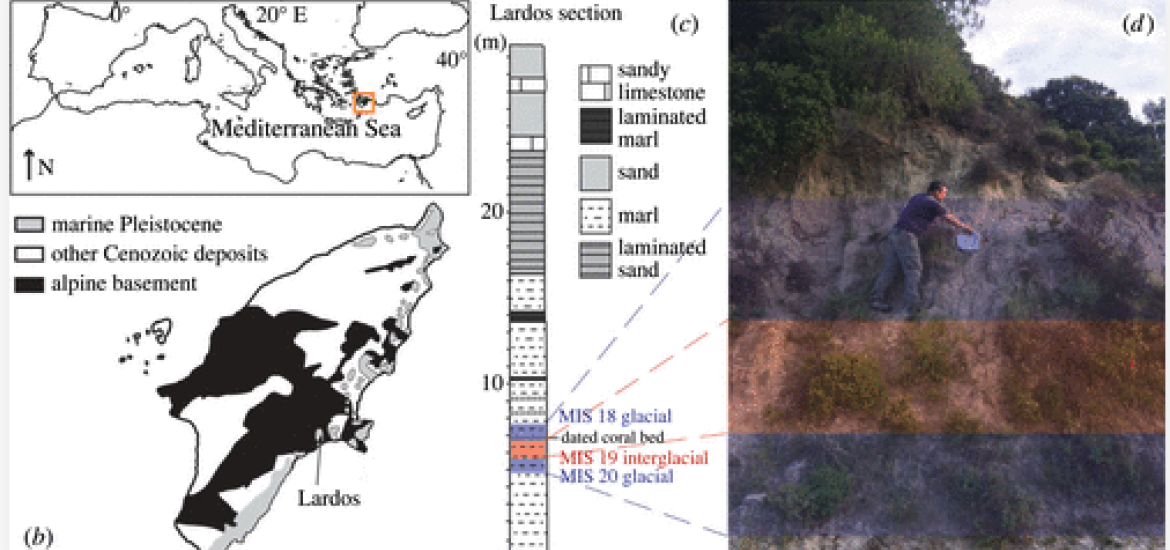- Home
- All News Overview
- Palaeontological Evidence For Community-level Decrease In Mesopelagic Fish Size During Pleistocene Climate Warming In The Eastern Mediterranean

Wednesday, 15 February, 2023
By: Agiadi K, Quillévéré F, Nawrot R, Sommeville T, Coll M, Koskeridou E, Fietzke J and Zuschin M.
Members of the Q-MARE (Disentangling climate and pre-industrial human impacts on marine ecosystems) working group have published a new article in Proceedings of the Royal Society B.
Agiadi K et al. investigate the effect of a warming climate on mesopelagic fish size in the eastern Mediterranean Sea during a glacial–interglacial–glacial transition of the Middle Pleistocene. Their results show that lanternfish declined with climate warming at the community level, but individual mesoplagic species revealed different, and opposing, trends in size across the studied time interval.
The authors find that the results of their investigation suggest "climate warming in the interglacial resulted in an ecological shift toward increased relative abundance of smaller sized mesopelagic fishes due to geographical and/or bathymetric distribution range shifts, and the size-dependent effects of warming."
> Access the article
> Find out more about Q-MARE
The Q_MARE working group hosts a monthly seminar series, held approximately on the first Wednesday of every month, which everyone is invited to join.
To see upcoming series, visit the Q-MARE seminar series webpage.